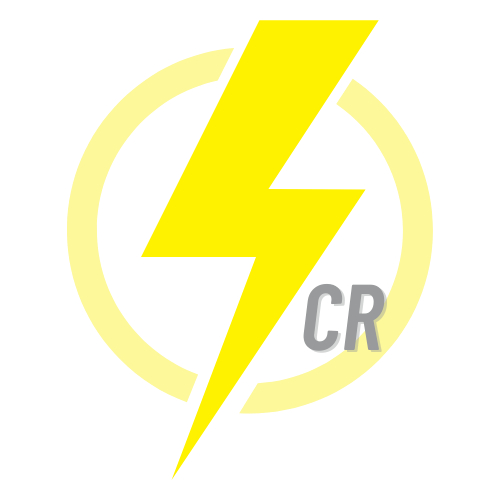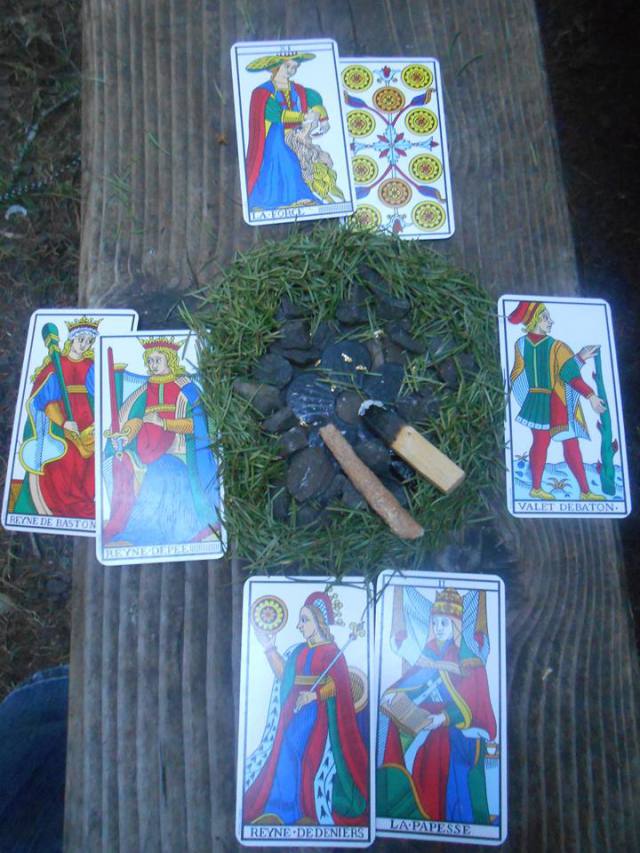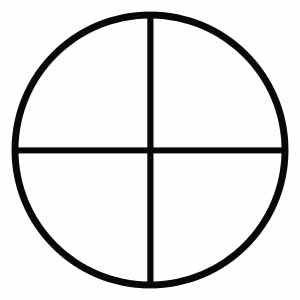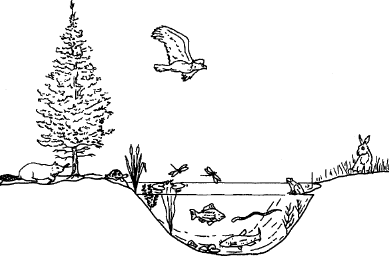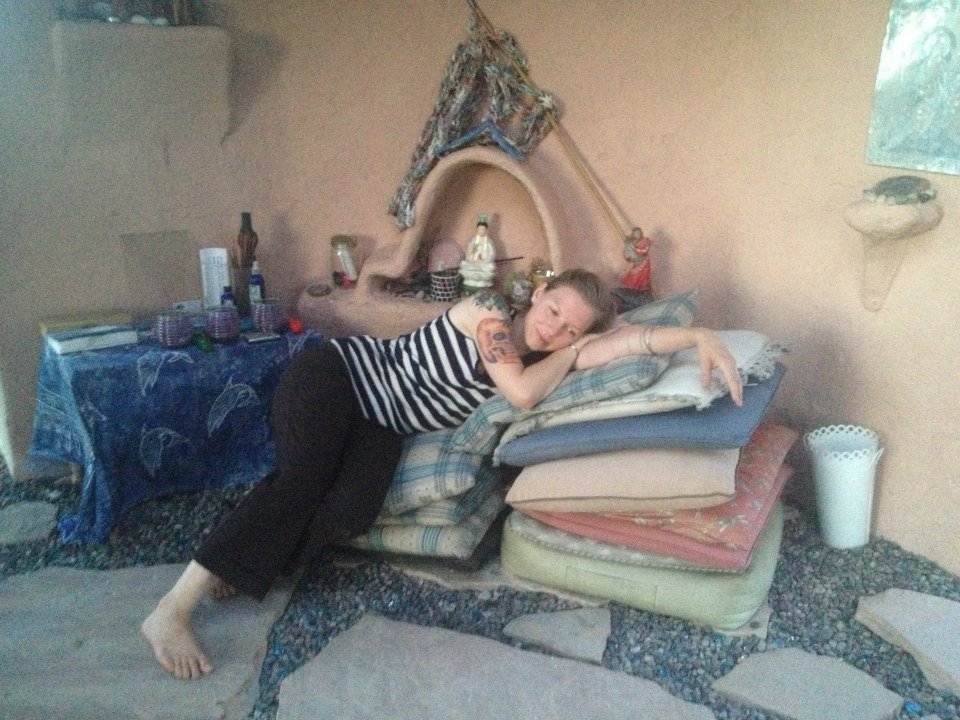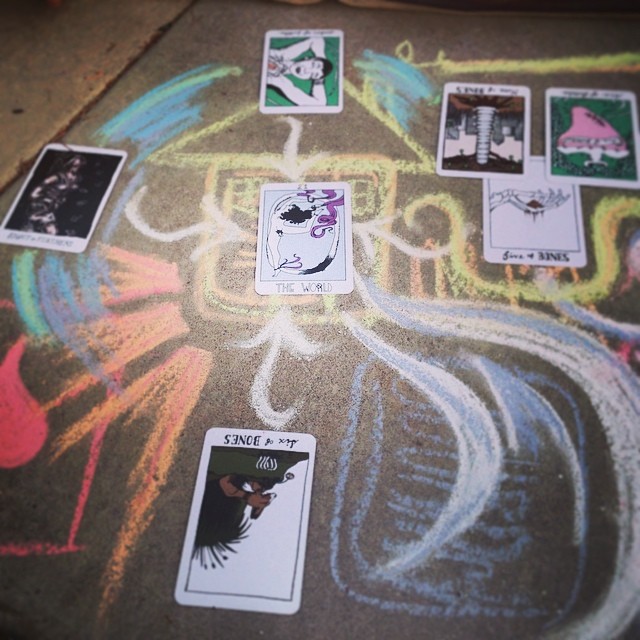 Happy Tuesday y’all - did you know we welcome submissions to Tarot Tuesday?
Happy Tuesday y’all - did you know we welcome submissions to Tarot Tuesday?
A reader wrote in, “I don’t really know how to interpret a directional spread,” but she’s playing with it - and she included a photo of a beautiful full moon spread she did while camping in the Cascadian forests.
4 Direction spreads have been my bread and butter for years - I love their flexibility and use them way more than the other common small spread, PPF or “past, present, future.”
(PS, “Spread” is what us tarot folk call the particular design guiding the cards’ layout after you draw them. It’s like laying out a feast. What a spread!)
Here’s what I love about the 4 Direction spread: It creates a little cosmos, giving you lots of room to explore aspects of relationships. That little cosmos is both circular and linear. Take a look:
You see the circle clearly - the wheel created as your attention moves around the perimeter of the spread. It moves in both directions.
The linear is in the axes it sets up - I find myself using the word “axis” a lot when I read cards. These are the axles, the load-bearing places of support between cards: they give strength, seal connection, channel energy, and create oppositional movement.
Taken together, the two form an ancient and deeply archetypal symbol that has as many interpretations as we could throw at it, and then some.
Sometimes I’ll put a card in the center: a hub. This spread doesn’t have one. That’s okay. That’s part of the flexibility of this spread, and I often don’t include a central card when I’m just asking for a general picture of things (cosmic snapshot). Or, I’ll do the spread and then pull a card for the center about how to deal with all the lessons the outer cards have presented. To ground me as I move back into the mundane world. Anyway, this spread clearly has some beautiful ritual & magic going on in the center and that will have its own power in this reading for Our Dear Reader.
Some positions have more than one card: that’s cool too. Sometimes you need a little extra for certain positions - you have a question, it sparks another question, or you just don’t know what to do with the first card (the wtf factor). I am a big fan of just drawing another clarification card, even if you’re not sure why yet.
Another thing I love about this spread is that it is deeply orienting. Imagine me, or you, the querent, or the issue in the center - and then the spread encourages us to ground into that center, and then to take a minute to look in each direction, and then to really be with what’s there. Before I start playing with axes, I go around the circle and be with the card/s in each position. It has the effect of making a place, giving some ground from which to consider whatever the issue is, and understanding that issue not as a thing but as an ecosystem.
Part of sitting with each direction will include bringing your associations and meanings for each direction to bear on that image. This kind of practice (associations with directions) shows up in a lot of cultures, and we tend to take it for granted (especially in pagan communities) as something that belongs to us, just something we do. One of the places it comes from is Medicine Wheel, which belongs very specifically to various indigenous American tribal traditions. This is not something we can just take wholesale and plop into: East means this, West means this, according to the Great Indian Shaman, case closed. Especially for those of us practicing on this land, I feel very strongly that awareness of this history and our capacity to participate in its legacy of violence via cultural appropriation is a part of right relationship. Many Western pagan traditions do have their own sets of directional correspondence: great - use what works for you. But if you’re copying lists of meanings from (books about) indigenous cultures to whom you do not belong and with whom you have no relationship outside of your consumption of them, this paragraph is especially for you.
And so this is not to say we can’t practice directional spreads, or some form of Medicine Wheel meditation. It is to remember the importance of doing our own work, and to remember that personal spiritual practices are part of the web of collective life and history. To remember that the 4 directions are not lists of meanings but experiences of aspects of the ecosystem we live in.
That said, you probably have a blend of associations and meanings that belong to the different directions for you - a mix of personal experiences, things you’ve read, practices you’ve studied, and sheer intuition. I can’t encourage you enough to start practicing bringing your awareness to the different directions, and thus building your own library of associations to those directions for you. Maybe you regularly encounter a certain animal, or color, or goddess, or feeling when attuning to a direction: these are associations full of potential exploration.
Bringing them to bear on a spread might look like: “The East is where the sun rises, a place of light and hope and restoration and newness. I associate it with qualities of Air, and stillness, thoughtful practice, and a refreshed heart. How might the Page of Wands embody those qualities, or what would she have to say about them?” Look how, in the actual spread, she even faces the East, and perhaps the coming dawn. I might close my eyes and connect with the East, visualize a landscape or setting there, and then allow the Page of Wands to wander on stage. What happens next?
Or: “The West is where the sun sets - where the darkness grows, the home of night, the gateway to dreams. I associate it with qualities of Water, especially ocean, because I live on the west coast; also I link it with change, and moving between worlds.” Look at how, in the spread itself, the two queens in the West regard each other; what kind of tone does their interaction have for you? How might this go down in the wild West I described? What kinds of power are at play?
Then, I might think about the axis. This horizontal axis I often associate with time. The West may reflect what is passing away from the present, where the sun is setting, what has come before - while the East reflects what is on the horizon.
It may also reflect different choices or influences: on the one hand, on the other, a kind of weighing. It may speak to fears (the growing darkness of West) and hopes (the rising sun of East). It may talk about where your emotions are at (the Watery West) vs. what your head is doing (the Airy East). Western Moon speaks with Eastern Sun?
You can see how deep a spread like this can go. And we haven’t even really gotten into more magical directional correspondances, or specific meanings of cards outside our immediate reactions to them. We haven’t even touched the cards of the vertical axis, or gone around the wheel. I’m telling you, 4 positions + your central attention is all you need to explore your mini cosmos, to get a snapshot of your psychic ecosystem.
Clearly we could go on (and on) with this one, but that’s about all the time and space we have for today. Next week we will look at the vertical axis, and dig a little deeper into this particular spread. I hope this little intro has sparked some ideas and excitement about using this spread for you though! I know Our Dear Reader who submitted this lovely query would enjoy any of your thoughts, for anyone who wants to jump into the comments and practice interpreting, or share their 4 directions stories. I encourage you to send in other questions, spreads, or ideas for us to play with too!
Be well!
Kaeti
----
Kaeti is a therapist, teacher, and dreamer based in Long Beach, California. All of her work (and play!) is interested in dismantling intersections of oppression and breathing magic and radical healing into all the daily corners of her life, into all the spaces of community she helps weave.
